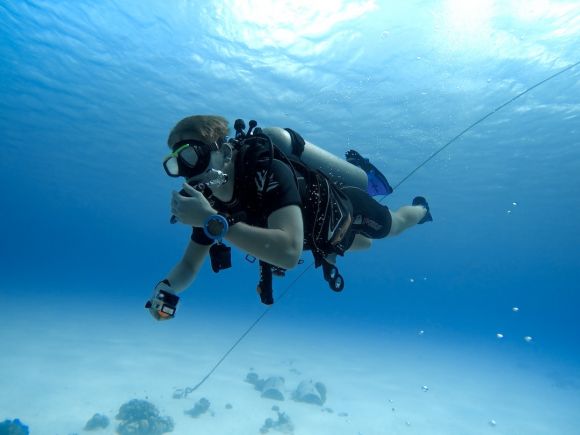Diving in strong currents can be both exhilarating and challenging. The powerful force of the water can add an extra dimension to your underwater adventure, but it also requires extra caution and preparation. To ensure a safe and enjoyable dive, follow these essential guidelines.
Understanding the Current
Before diving in strong currents, it is crucial to have a good understanding of the current’s behavior. Research the area and talk to local divers or dive operators who are familiar with the site. Strong currents can vary in intensity and direction, so it is essential to know what to expect before entering the water.
Planning Your Dive
When diving in strong currents, proper planning is key. Start by choosing a dive site that is suitable for diving in challenging conditions. Some dive sites are known for their strong currents and are better suited for experienced divers. Consider your own skills and experience level when selecting a dive site.
Additionally, make sure to check the tide and current charts before your dive. These resources will give you valuable information about the strength and direction of the current during your planned dive time. Plan your entry and exit points accordingly, keeping in mind any potential changes in the current throughout your dive.
Preparing Your Equipment
To ensure a safe dive in strong currents, it is crucial to have the appropriate equipment. Begin by selecting a dive mask with a tight-fitting silicone skirt that will create a good seal against your face. This will prevent water from entering your mask, impairing your vision.
Consider using a low-profile buoyancy compensator (BCD) to minimize drag in strong currents. A streamlined BCD will allow you to move more efficiently through the water, reducing the risk of being swept away by the current.
Secure all accessories and loose items, such as dive lights or cameras, to your BCD or body. This will prevent them from getting lost or damaged in the strong current.
Entering and Descending
When entering the water in strong currents, it is essential to have a controlled descent. Begin by entering the water as close to the planned dive site as possible. This will minimize the distance you need to swim against the current.
Once in the water, descend quickly to minimize the time spent at the surface, where the current can be strongest. Use a descent line or follow the anchor line if available, as these will provide stability and prevent you from being swept away.
During the Dive
While diving in strong currents, maintaining proper buoyancy and trim is crucial. Stay horizontal and streamlined to minimize drag and maximize your control in the water. Use slow, deliberate movements to navigate through the current, avoiding any sudden or erratic actions.
Keep an eye on your dive buddy and maintain close proximity throughout the dive. In strong currents, it is easy to get separated, so constant communication and visual contact are essential.
Exiting the Water
When it is time to end your dive, carefully plan your ascent and exit strategy. Ascend slowly and perform your safety stop as usual. Once at the surface, inflate your surface marker buoy (SMB) to signal your location to the boat or surface support.
Use the current to your advantage when exiting the water. Swim with the current towards your planned exit point, using slow, controlled movements. If necessary, wait for a lull in the current before making your final approach to the surface.
In Conclusion
Diving in strong currents can be a thrilling and rewarding experience. However, it is vital to approach these dives with caution and preparation. By understanding the current, planning your dive, and using the right equipment and techniques, you can safely explore the underwater world in challenging conditions. Remember to always prioritize safety and enjoy the unique adventure that diving in strong currents offers.





